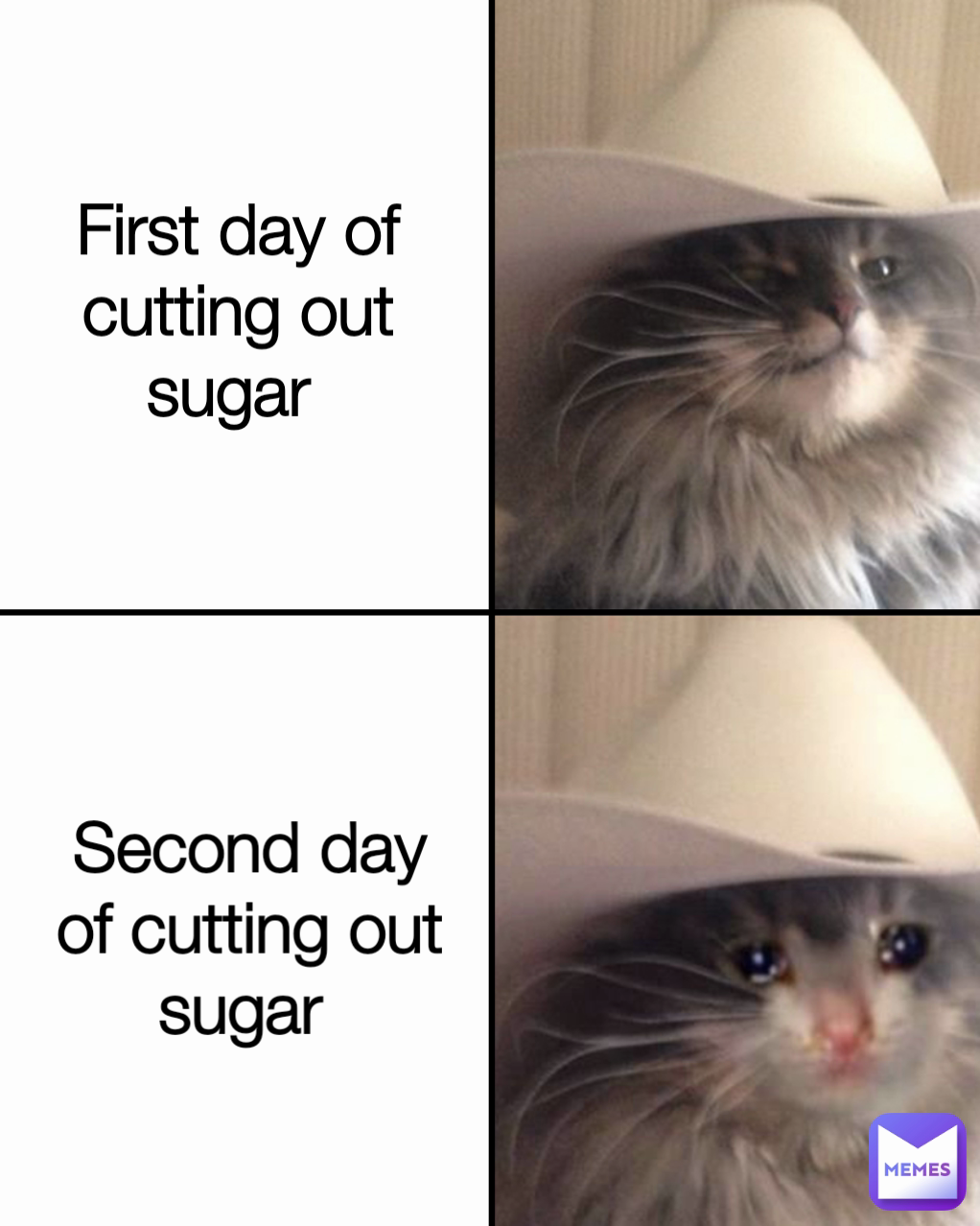Want to Cut Sugar Without Feeling Deprived? Try These Tricks
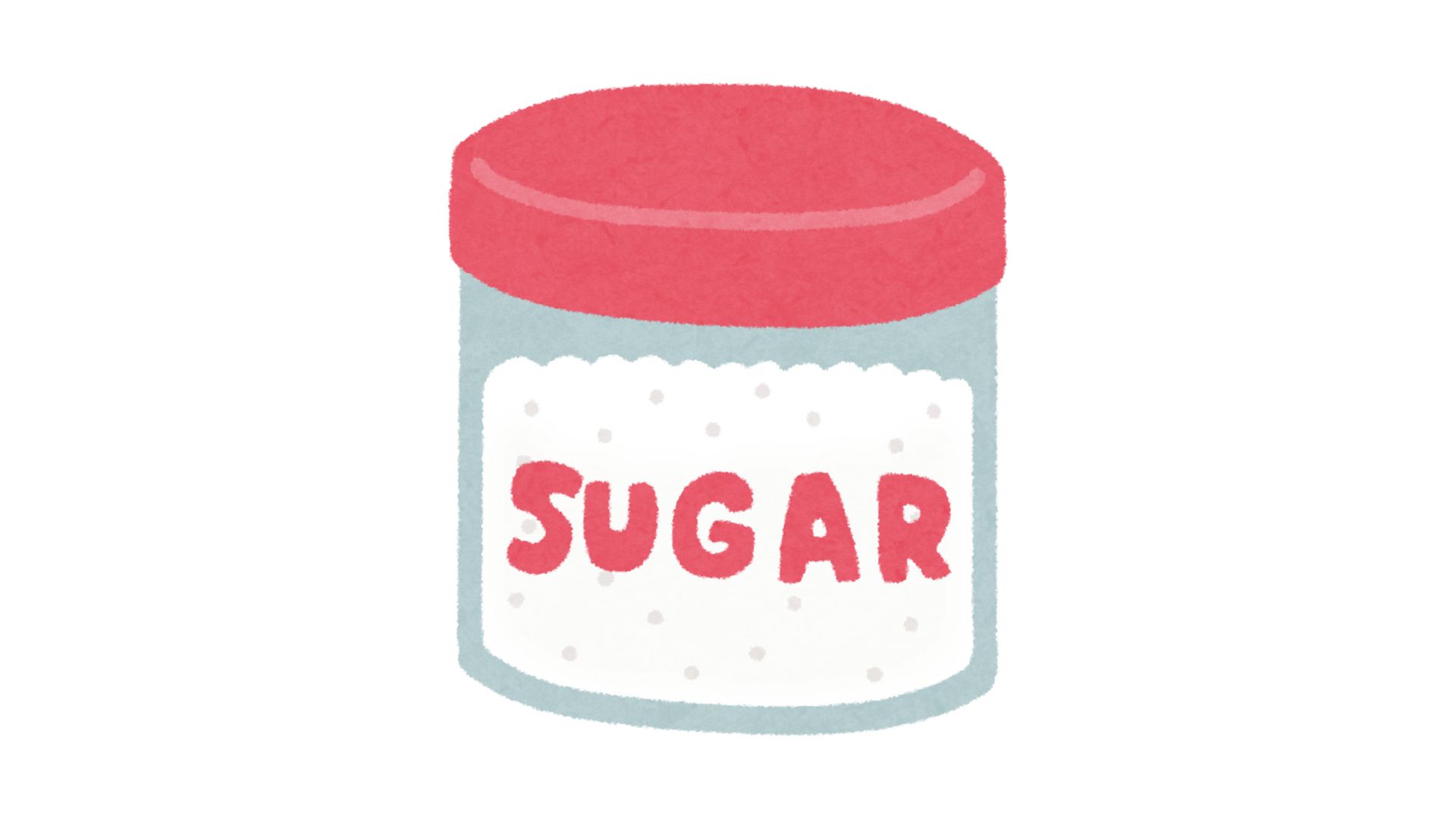
Almost everyone knows that sugar isn’t great for us, but cutting back isn’t always easy. From morning coffee to evening dessert, the sweet stuff seems to be everywhere.
But here’s the good news: reducing sugar doesn’t have to mean a life of bland food and constant cravings.
With some simple swaps and smart strategies, you can train your taste buds to be satisfied with less sweetness while still enjoying your meals. Let’s dive into why sugar reduction matters and how to make it happen without feeling deprived.
Why Sugar Reduction Actually Matters
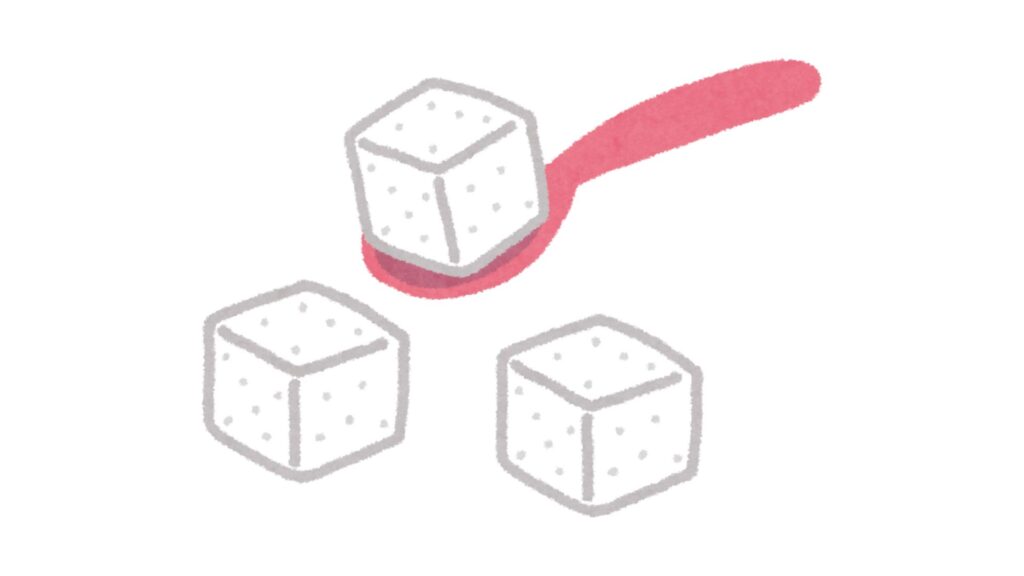
Let’s be real – sugar tastes amazing. Our brains are literally wired to love it. But consuming too much added sugar leads to some not-so-sweet consequences:
- Empty calories with zero nutritional value
- Blood sugar spikes and crashes (hello, 3pm energy slump!)
- Increased risk of type 2 diabetes
- Higher chances of heart disease
- Weight gain and obesity
- Dental problems (your dentist can tell when you’ve been cheating)
The World Health Organization recommends limiting added sugars to less than 10% of your daily calories – ideally even lower at 5%. For someone eating 2,000 calories a day, that’s just 25-50 grams of added sugar (about 6-12 teaspoons).
And most importantly, can I blame sugar for all my health issues while taking no personal accountability for poor lifestyle decisions? (sarcastic laugh)
Practical Ways to Cut the Sweet Stuff
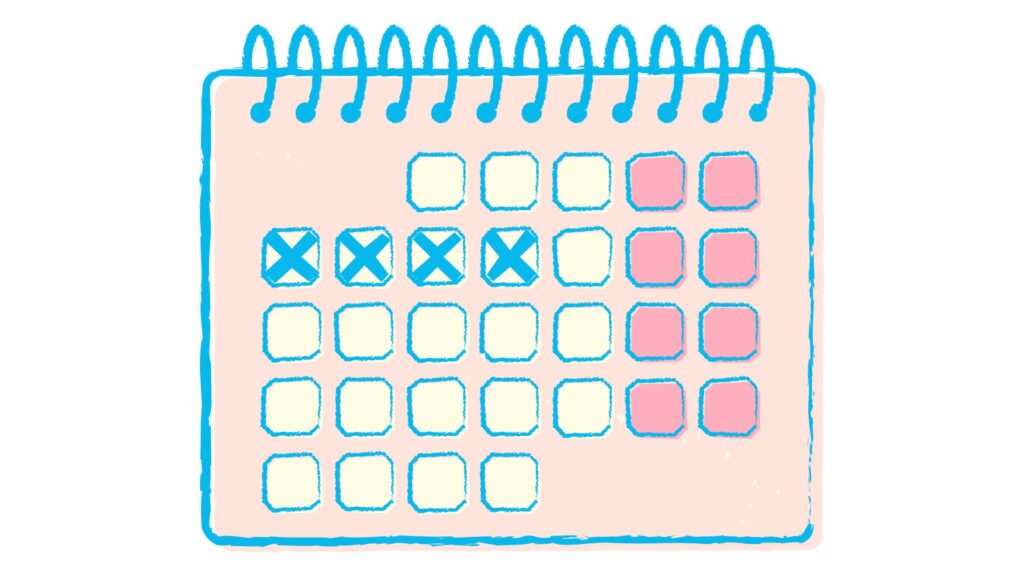
Start with the obvious culprits
The easiest places to make a difference are the spots where you’re adding sugar yourself or consuming obviously sugary products.
1. Rethink your drinks
Sugary beverages are basically liquid candy. A single 12-ounce can of soda contains about 39 grams of sugar – more than your entire daily recommended amount!
Try these swaps:
- Replace soda with sparkling water with a splash of fruit juice
- Switch from sweetened coffee drinks to coffee with a dash of cinnamon
- Choose unsweetened tea instead of sweet tea
- Infuse water with fresh fruit and herbs (strawberry + basil is)
2. Gradually reduce table sugar
If you add sugar to foods and drinks, start cutting back gradually:
- Put half your usual amount in coffee or tea
- Sprinkle less sugar on cereal
- Try spices like cinnamon, nutmeg, or vanilla extract to add flavor without sweetness
Your taste buds will adjust over time, I promise. What once seemed “not sweet enough” will eventually taste perfectly sweet.
Get smart about food labels
Added sugars are sneaky – they hide in seemingly healthy foods under dozens of different names.
3. Learn sugar’s aliases
Sugar goes by many names on ingredient lists. Look for:
- High-fructose corn syrup
- Cane sugar/juice
- Maltose/dextrose
- Brown rice syrup
- Honey, maple syrup, agave nectar (these are “natural” but still added sugars)
The FDA now requires “Added Sugars” to be listed separately on nutrition facts panels. This makes it much easier to spot the culprits.
4. Identify surprising sugar sources
You expect cookies to contain sugar, but did you know these foods often pack a surprising sugar punch?
- Pasta sauce (up to 12g per serving)
- “Healthy” breakfast cereals
- Granola and protein bars
- Flavored yogurt (some have more sugar than ice cream!)
- Salad dressings
Manage cravings like a pro
When sugar cravings hit (and they will), having a battle plan makes all the difference.
5. Have smart swaps ready
- Swap ice cream for Greek yogurt with berries
- Replace candy with a small piece of dark chocolate (70%+ cacao)
- Choose fruit instead of cookies
- Try frozen grapes instead of gummy candy (seriously, they’re amazing)
6. Address the root causes
Sugar cravings often spike when:
- You’re not sleeping enough (research shows just one night of poor sleep increases cravings)
- You’re stressed (cortisol makes you reach for sweets)
- You’re dehydrated (thirst often masquerades as hunger)
- You’re not eating enough protein and healthy fats
Retraining Your Taste Buds
The amazing thing about our sense of taste is that it’s highly adaptable. The less sugar you eat, the less you need to feel satisfied.
Go gradually for lasting change
Cutting all sugar overnight usually leads to intense cravings and eventual relapse. Instead:
7. Use the step-down method
- Week 1: Use 3/4 of your usual sugar amount
- Week 2: Cut to 1/2
- Week 3: Reduce to 1/4
- Week 4: Try going without added sugar
This works for recipes too. Most baked goods taste perfectly fine with 1/3 less sugar than the recipe calls for.
Smart sweetener strategy
8. Choose sweeteners strategically
Not all sugar alternatives are created equal:
- Natural options like monk fruit, stevia, and allulose don’t spike blood sugar and have minimal calories
- Sugar alcohols (erythritol, xylitol) are good options but can cause digestive issues in some people
- Artificial sweeteners (aspartame, sucralose) remain controversial due to potential effects on gut bacteria and metabolism
My take: Natural sweeteners can be helpful during transition, but the ultimate goal is to reduce overall sweetness in your diet.
Real-Life Sugar Reduction Tips
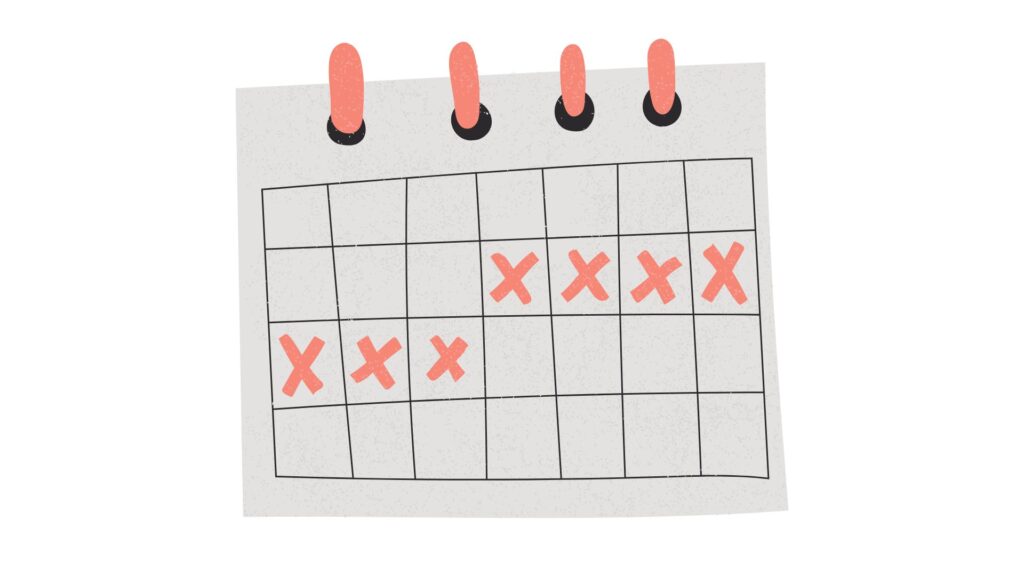
In the kitchen
9. Modify recipes
- Reduce sugar in baking by 25-33% (usually works without anyone noticing)
- Enhance flavor with vanilla, almond extract, or citrus zest
- Use sweet spices like cinnamon, nutmeg, and cardamom
- Add naturally sweet vegetables to savory dishes (carrots, onions, bell peppers)
At the grocery store
10. Shop the perimeter
The outer edges of grocery stores typically contain whole foods with minimal added sugar:
- Fresh produce
- Meat and seafood
- Dairy
- Eggs
When venturing into center aisles, be label-savvy and compare products. For example, one pasta sauce might have 3g of sugar while another has 12g per serving.
The Psychological Game
Reducing sugar is as much about mindset as it is about food choices.
Reframe your thinking
11. Change your language
Instead of “I can’t have sugar,” try “I’m choosing foods that make me feel better.”
This subtle shift from deprivation to empowerment makes a huge difference in sustainable behavior change, according to psychological research on habit formation.
Create a supportive environment
12. Set yourself up for success
- Clear your pantry of obvious temptations
- Prepare healthy snacks in advance
- Tell friends and family about your goals
- Find a sugar-reduction buddy for accountability
In Summary
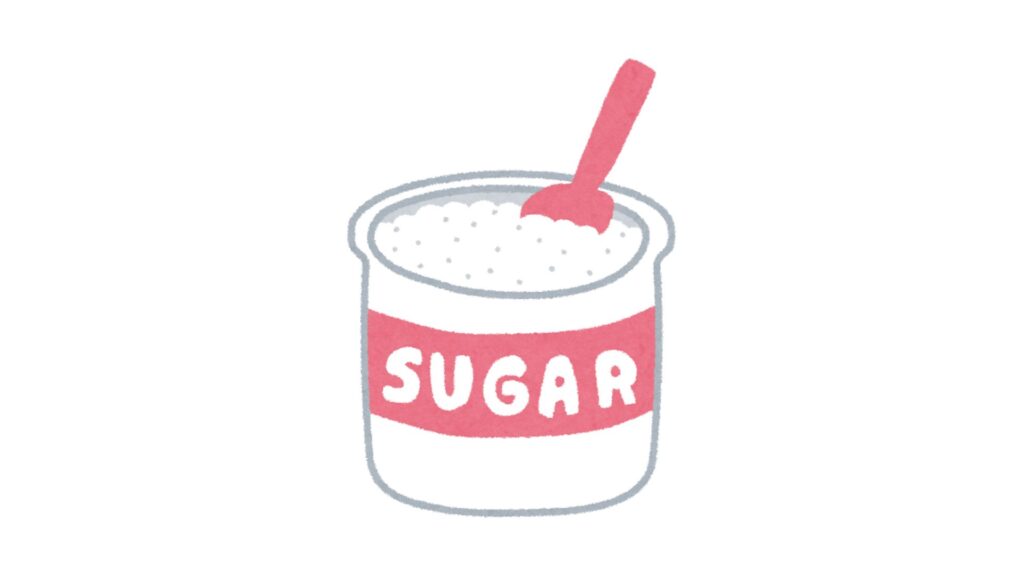
Reducing sugar isn’t about deprivation – it’s about finding a sustainable balance that works for your health and lifestyle.
Start with small changes, be patient with yourself, and remember that occasional treats are part of a balanced approach. Your taste buds will adapt, cravings will diminish, and you’ll likely find yourself naturally preferring less sweetness over time.
The goal isn’t perfection – it’s progress. And even modest reductions in sugar intake can lead to significant health improvements.
While sugar is delicious, nothing tastes as good as having stable energy, better sleep, clearer skin, and improved long-term health feels.

